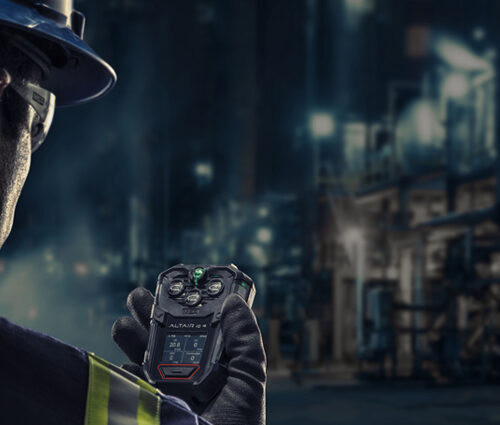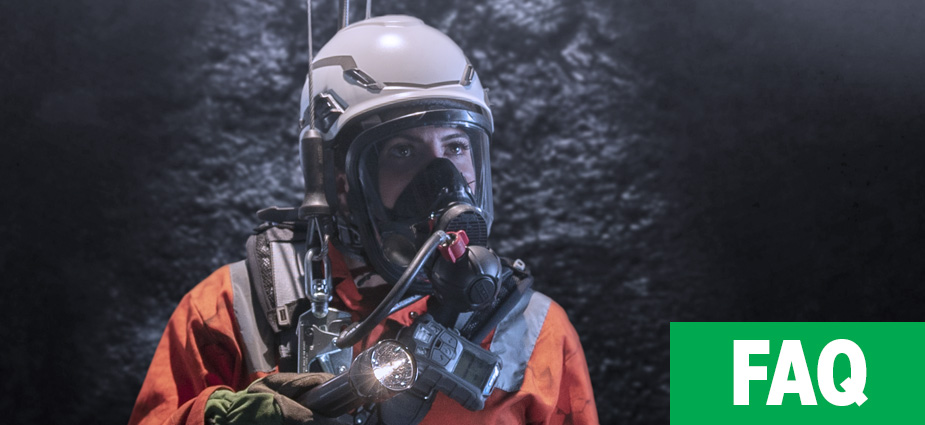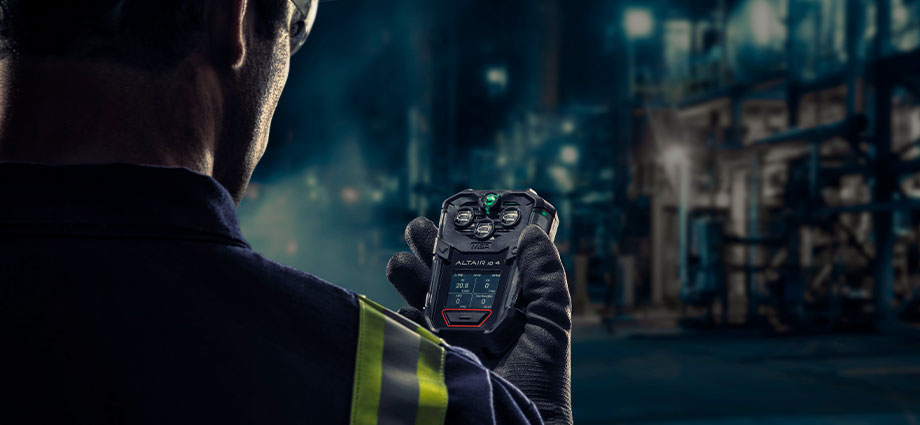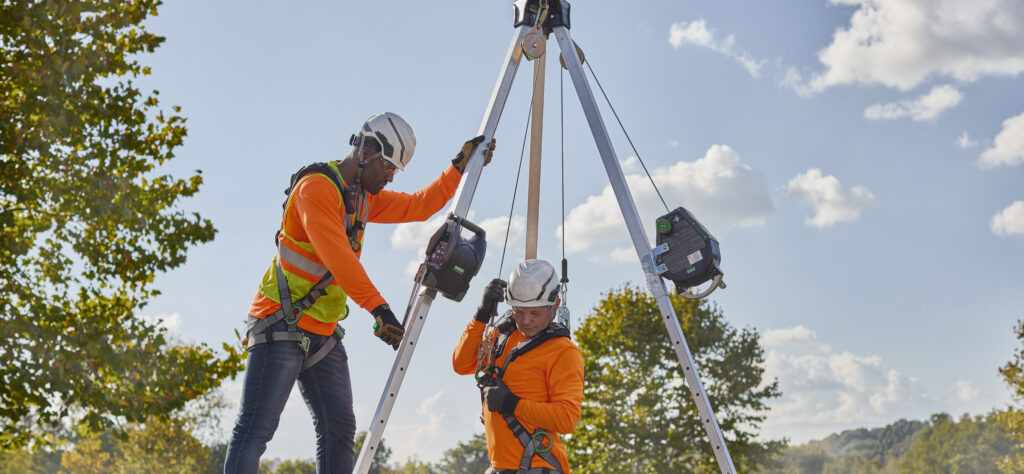
Confined space entry and exit can be challenging, and often can be dangerous. With an estimated more than two million workers operating in confined spaces every year across a variety of industries,1 it is important for teams to have the proper PPE, safety equipment, and emergency procedures in place.
According to OSHA, a “permit-required confined space” is an area that:2
- Contains or has the potential to contain a hazardous atmosphere
- Includes material that has the potential to engulf anyone who enters
- Features walls that converge inward or floors that slope downward, tapering to a smaller space that can trap or asphyxiate an entrant
- Comprises any other recognized safety or health hazard, such as unguarded machinery, exposed live wires, or heat stress
Confined spaces are most often found in industries including heavy industry, food and beverage manufacturing, chemical manufacturing, oil and gas, utility and communications installations, public works and wastewater treatment, and construction sites.
The presence of hazardous vapor and gas concentrations, including Oxygen, Carbon Monoxide, Carbon Dioxide, and Hydrogen Sulfide, Hydrocarbon and other combustible gases is one of the primary risks of confined space entry.
The variety of risks makes it ever more important that site managers and their workers are not only equipped with the most appropriate PPE and portable and wearable gas detectors for their working environment, but also that the equipment is used correctly to help ensure the safety of those working in confined space environments.
What Are the Main Challenges in Confined Space Work?
As well as atmospheric hazards, working in confined spaces brings other physical and verbal challenges which can hinder worker safety on-site.
- Limited Communication – Communication can be difficult due to the type of confined space, which may affect all types of communication between workers. Noise levels from equipment in operation can also create additional background sound, which can impact the clarity of worker communication.
- Restricted Movement – Confined spaces often have limited space for movement, making it challenging for workers to manoeuvre and perform tasks easily and safely. This restriction can increase the risk of potential accidents, especially in emergency situations.
- Delayed Emergency Response – In the event of an emergency, such as a gas leak, accessing and evacuating workers from confined spaces can be time-consuming due to limited entry and exit points. And in addition to the limited point of entry, the on-site trained confined space rescue team (CSRT) or local emergency responders may face difficulties reaching and extracting individuals from confined spaces potentially leading to delays in rescue operations.
- Reduced Visibility – Poor lighting conditions and confined space dimensions may limit visibility, making it challenging for workers to identify hazards or perform tasks accurately. It can also increase the risk of accidents and injuries, especially when working with machinery or hazardous materials.
It’s because of these various challenges that confined space work requires comprehensive safety protocols, proper training, effective communication systems, and emergency response procedures that are tailored to the specific hazards and constraints of these spaces. Regular risk assessments and ongoing monitoring are essential to help ensure the safety and well-being of workers in these types of environments.
How Connected Gas Detection Solutions Can Help Enhance Worker Safety in Confined Spaces
Portable or wearable gas detectors can help workers not only monitor the atmosphere of a confined space, but when these devices are part of a connected safety program, they can also alert on-site workers and off-site safety managers when a gas leak is present or a worker is in danger.
For example, with the MSA ALTAIR io™ 4 Gas Detection Wearable, which comes with automatic cellular connectivity and integration with MSA’s Grid cloud-based software, workers on-site can receive warnings and alerts when dangerous gas levels are present, and off-site safety managers can also monitor the location and status of each individual worker across worksites. MSA id digital device assignment allows for each device to be assigned to a worker at the start of a shift, giving safety managers and teams off-site visibility into that worker’s location, the current readings of his/her device, and the ability to issue an evacuation if that worker’s device goes into alarm – all through the Grid software. ALTAIR io 4 devices also feature Shared Alerts, which can notify those on-site if a nearby worker or another worker in their group has gone into alarm, providing increased awareness of when to evacuate, respond to a worker emergency, or contact first responders.
This connected gas detection solution can help drive visibility across workers and worksites, helping to enhance decision-making with comprehensive analytics and insights. Workers in confined spaces gain an added layer of security, backed by the continuous support and monitoring of real-time data, setting a new standard for workplace safety in challenging environments.
Recommended Steps When a Portable or Wearable Gas Detector Goes Into Alarm
Two OSHA standards – 29 CFR 1910.38(a) and 29 CFR1926.35 – require written Emergency Action Plans (EAPs), which are “intended to facilitate and organize employer and worker actions during workplace emergencies and is recommended for all employers.”3 Key OSHA requirements for emergencies and general environmental controls in permit-required confined spaces can be found in 1910.146.3
While each confined space or jobsite and emergency situation may have its own unique challenges, and organizations have their own established standard operating procedures and EAPs, here are some recommended steps to take when a detector goes into alarm:
- Alert Others: The moment a gas leak is suspected or detected, alert all workers within the vicinity as quickly as possible, whether through audible alarms, device or radio communications, or verbal notifications—to ensure the message is conveyed quickly and clearly. Establishing a clear signal for evacuation can prevent panic and help ensure an orderly exit.
- Evacuate the Area: Everyone in the affected area should evacuate immediately, following pre-established safety protocols and evacuation routes. It is essential that these routes are clearly marked, well known to all personnel, and free from obstructions at all times. During evacuation, remain calm, and assist others who may be disoriented or require help.
- Ventilate the Area: If it is safe to do so, attempt to ventilate the area to disperse any toxic gas detected. This can involve opening doors, windows, or activating ventilation systems specifically designed for emergency use. However, this step must only be taken if it can be done without risk of ignition of flammable gases or exposure to toxic substances. The aim is to reduce the concentration of the gas, thereby lowering the risk of health complications and explosion.
- Do Not Return: Under no circumstances should anyone re-enter the area until it has been declared safe by professionals with the appropriate expertise. Gas concentrations can remain dangerously high even after they are no longer detectable by smell or other basic senses, and the area might also be structurally unsafe.
- Seek Medical Attention: Individuals who were in the vicinity of the gas leak should seek medical attention if they exhibit any symptoms of gas exposure, which can include, but are not limited to, dizziness, nausea, difficulty breathing, or headaches. Early symptoms can worsen rapidly, so immediate medical evaluation is crucial, even for those who feel only slightly affected.
- Investigate the Source: After the area has been declared safe by competent authorities, a thorough investigation into the source of the gas leak should be conducted. Understanding the cause of the leak is essential for implementing corrective actions to prevent recurrence. This step often involves reviewing the event on the gas detector and in digital data logs, checking equipment maintenance records, examining the integrity of gas storage and delivery systems, and assessing adherence to safety protocols.
Gas leaks in confined spaces pose a significant risk, but the danger can be effectively managed through prompt and decisive action.
Learn more about the benefits of connected gas detection solutions, including how the ALTAIR io 4 and Grid software can help enhance worker safety in the event of a gas leak, and provide actionable data about alarms and events to establish a proactive safety program.
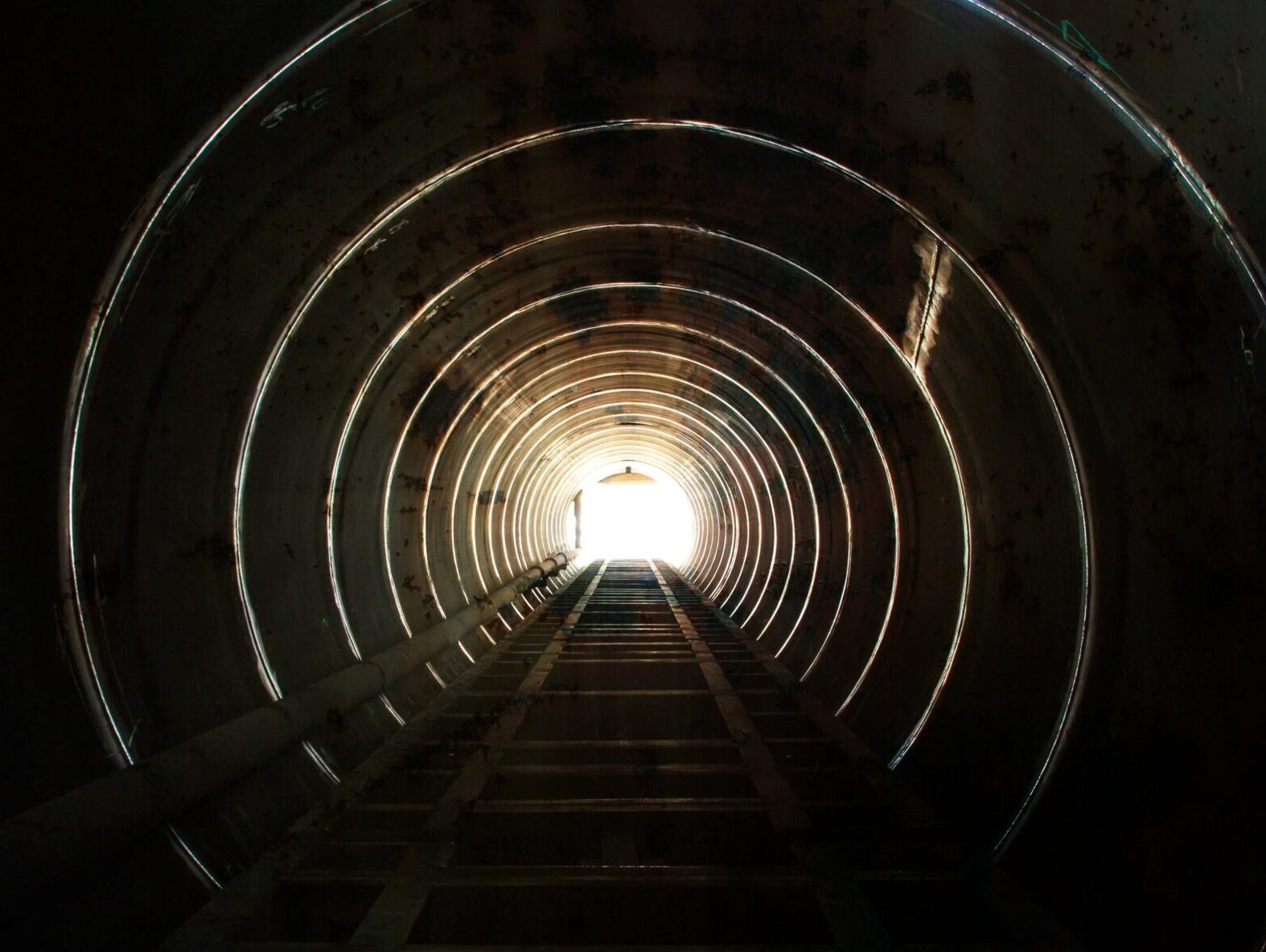
Think you know everything about confined space entry and exit? Take our quiz to test your knowledge!
TAKE QUIZ- https://www.assp.org/docs/default-source/standards-documents/z117-1_tech_brief_220302.pdf
- OSHA 3138-01R 2004 Permit-Required Confined Spaces
- https://www.osha.gov/emergency-preparedness/getting-started


